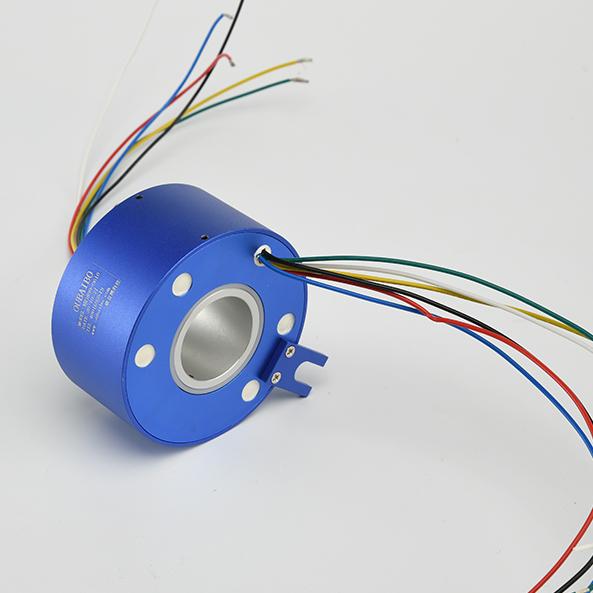Whitman resigns from Hewlett-Packard’s chairman to really save Uber?

Snap is the parent company of Snapchat, a social software specializing in reading and burning. It has a dazzling aura since its birth and is listed on the New York Stock Exchange this year. It is the largest technology IPO in the United States in the past two years. Therefore, Snap's every move is under the spotlight of the world stage. Recently, CB Insights released a report titled "Snap Patents Show New Focus On AR And Image Recognition", which outlined Snap's patent application profile. For a time, the eyes of peer competitors and the general public once again put their eyes on this star company.

So far, Snap has kept quiet about plans to avoid competitors mimicking and how to implement AR (Augmented Reality). As a newly-listed company, Snap recently held its first profitable conference call to learn more about the company’s content platform, ad network performance, and sales of Spectacles for camera sunglasses. Snap had a net loss of $230 million in the first quarter of 2017, while R&D operating expenses were as high as $78 million.
As can be seen from the figure, since 2012, the number of patent applications filed by Snap has been increasing year by year, but it has declined in 2016. In addition, Snap Corporation has also continuously enriched the field of patent applications, from the initial UI/UX and network system fields to nine major areas in 2015. Of course, it should be noted that the analysis results in the figure are based on incomplete patent data for 2015 and 2016. Since the USPTO's data announcement will lag behind by 1-2 years, more data on Snap's patent applications and approvals in recent years remains to be released in the future.
Although it is not yet fully aware of the shift in intellectual property of Snap, according to the data, Snap achieved remarkable results in the field of AR certification and AR in 2015, but there was only one relevant patent before 2014. Previously, Snap Corporation had a total of 8 patents on object recognition, facial recognition, audio recognition, glasses & AR, which accounted for about 15% of the current number of patents.
Patent summary:
In 2015, Snap has 3 patents related to the field of glasses & AR (glasses are not necessarily true AR products, but they are AR technology research and development platforms, which is why we often combine the two). Recently, in this field, Snap released a new patent, "Image-Based Tracking Technology in AR System", and also made a detailed introduction - AR technology can be mapped to the surrounding environment and superimposed to such as Tyrannosaurus-like simulation of moving images.

In addition, there are five patents related to AR research and development. They all involve object, face, and audio recognition. Four of them were submitted in 2015. Examples related to vision include: filtering objects in the line of sight, analyzing the emotions of the user's video call (see below).

In general, the most popular type of patent is the well-known UI/UX field. So far, there are 10 patents on the application interface, accounting for about 18% of the total number of patents issued by the company. Snap has shifted its focus to designing more user-friendly UX based on user data, location, and good friends.
A through-bore slip ring is an electrical device that allows current to pass between two points in a rotating assembly without a physical connection. There is no break in the circuit. This is accomplished by passing the current through a rotating brush that contacts a stationary metal ring. The metal ring is mounted on the shaft of the assembly and provides a continuous path for the current.

It is an integrated circuit component that consists of two conducting rings that are separated by a gap or spacer. When the rings are brought into contact, current can flow between them and produce a rotational motion. Slip rings are used in various applications where high efficiency and low power consumption are essential, such as communication systems, motor control systems, and energy harvesting devices.
The through-bore design allows for rotation of the assembly while transmitting power or data. They are often used in applications where there is a need to rotate an object while keeping a power or data connection open, such as on a wind turbine or radar antenna.
The Oubaibo's through-bore slip ring is a newly designed product that has many advantages over other products on the market. It is small and lightweight, making it easy to install and use. The through-bore design also allows for a high degree of flexibility, making it ideal for use in difficult or tight spaces. Additionally, the Oubaibo through-bore slip ring is very efficient, providing a high degree of power transfer with minimal loss.
Through-Bore Slip Ring,Slip Ring Connector,Power Slip Ring,Slip Ring Assembly
Dongguan Oubaibo Technology Co., Ltd. , https://www.sliprobs.com